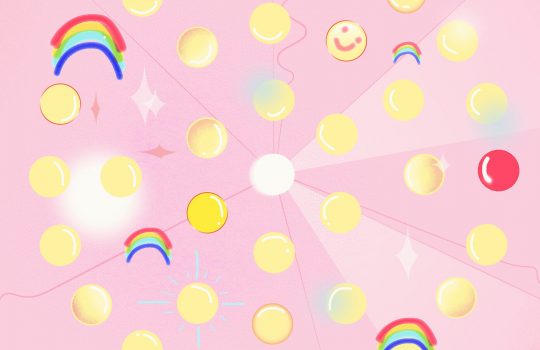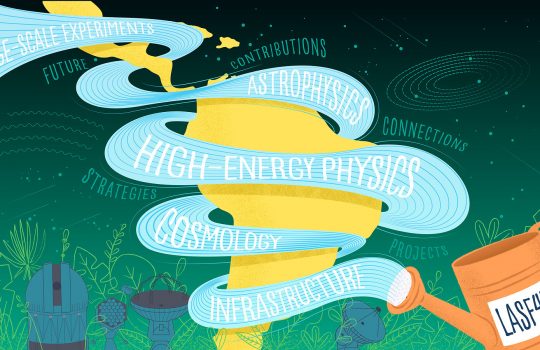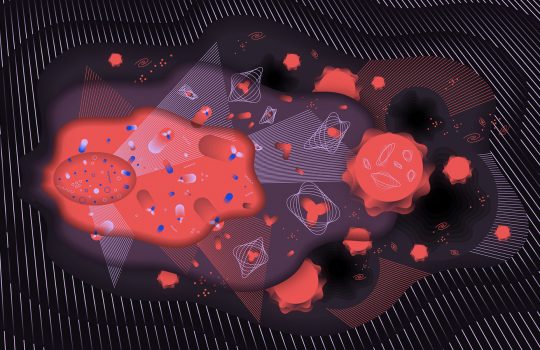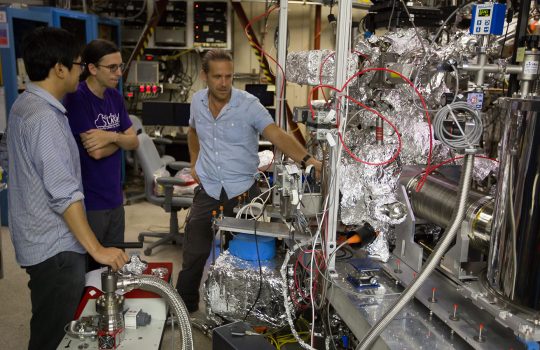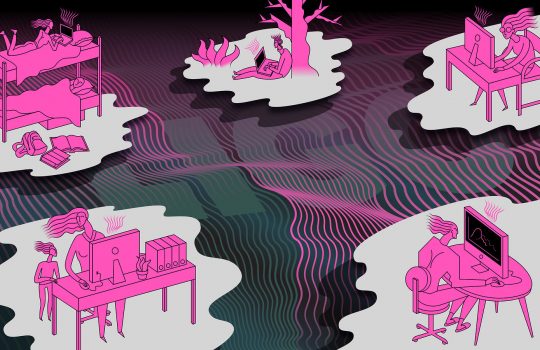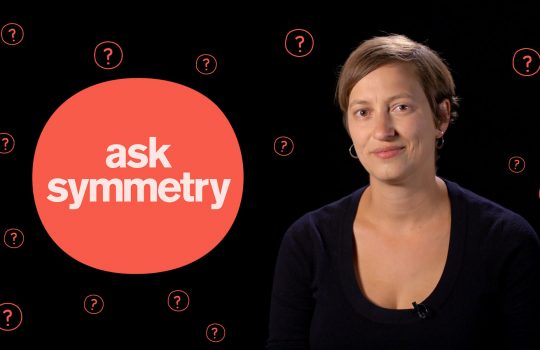What is a photon?
Quanta of light called photons are the smallest possible packets of electromagnetic energy. Learn the history behind how scientists came to understand photons — and what these particles have shown us (and might show us) they can do.

